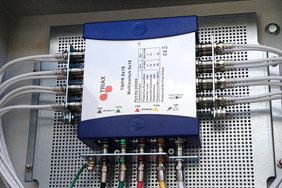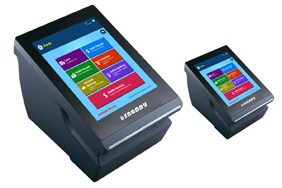Networks
admin2023-06-06T12:54:06+03:00Networks Light Current
ROOTs can do the creation of new infrastructures as well as the management of existing infrastructure systems, we can do the planning, design, analysis, implementation and providing the smartest infrastructure solution to connect every part of yourorganization at lowest possible cost.

Networks
- Cables
- Racks
- INFRASTRUCTURE & NETWORKS
- CLOCK SYSTEMS
- SOUND SYSTEMS
- TELEPHONE SYSTEMS
- INTERCOM SYSTEMS
- MATV SYSTEMS
- QUEUING SYSTEMS
- NURSE SYSTEMS
1- INFRASTRUCTURE & NETWORKS
Active

- Routers
- Swiches
Passive

- Cables
- Racks

wireless solutions

Data Centers

Storage

2-Clock Systems
Personnel attendance control systems are developed in order to determine the entry and exit hours of the employees to / from the workplace and calculate the monthly salary according to these entrance and exit times automatically.
- Finger Print
- Face Detection

3-Sound Systems
we will help you find the right placement for your speakers, Play the same sound in every room/office flawlessly, play different sounds in every space without disturbing or interfering, control your music like never before.
- Wall mount
- Ceiling mount
- Outdoor Solutions

4-Telephone Sys
Make it easier to manage your business and keep track of important meetings and clients. With features that include voicemail, caller ID and automatic call forwarding, at lower or almost no cost and always ready to expand as your business grows.
- Digital (VOIP)
- Analog ( traditional central system )

5-Intercom Sys
View, communicate and control access to your business or building without moving a toe, our intercom can easily integrate with our access control systems so you can deny or give access to individuals.
- Audio
- Audio / Video

6-MATV Systems
An MATV system is basically a network of cables and specially designed components that process and amplify TV and FM signals and distribute them from one central location to many.

07-Nurse Systems

